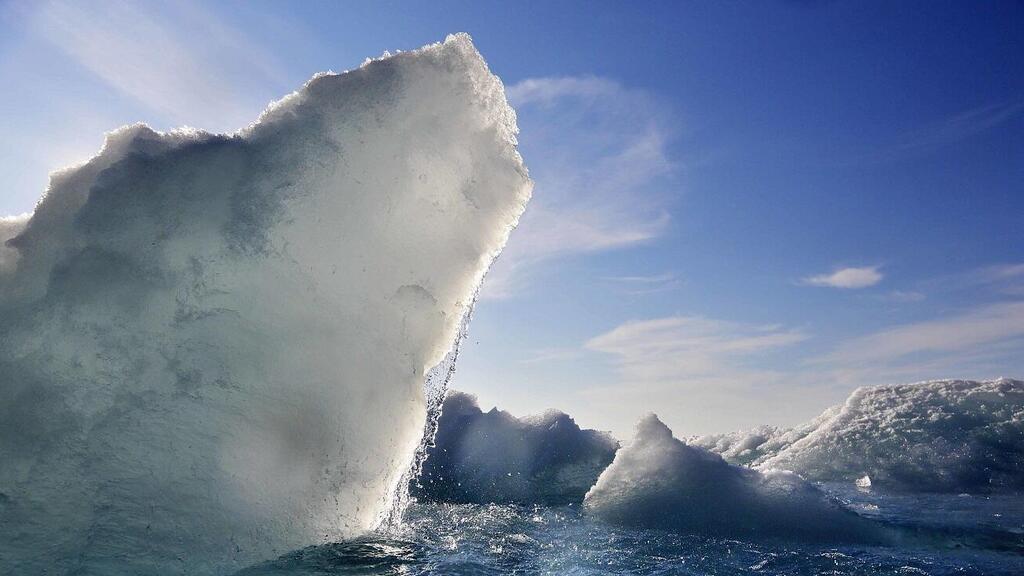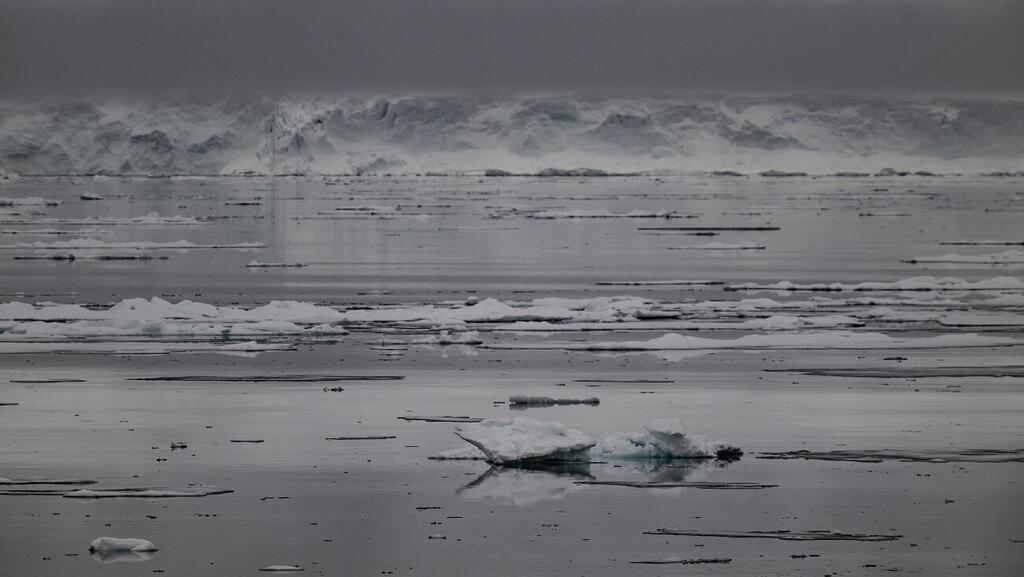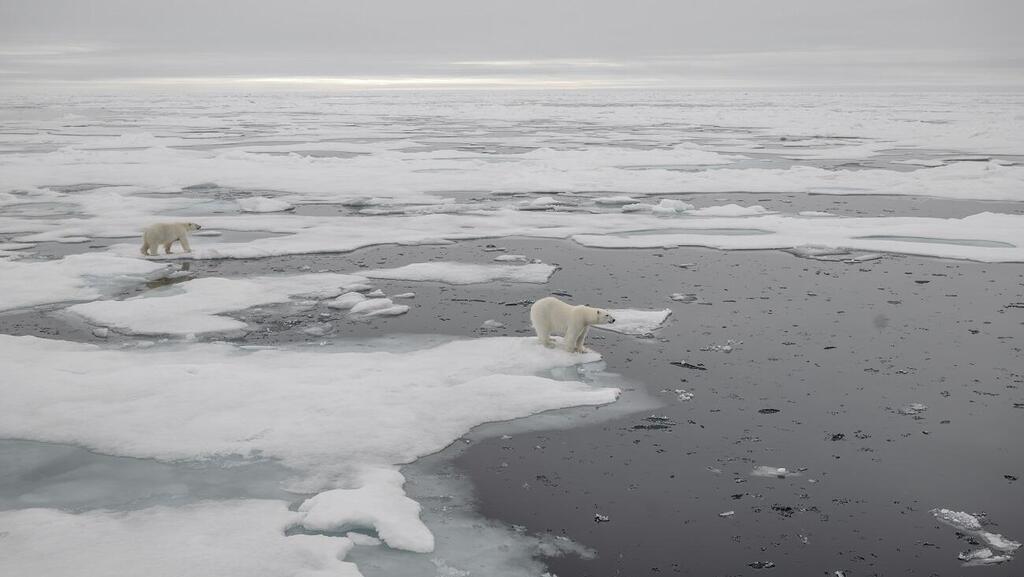Getting your Trinity Audio player ready...
The Arctic region, encompassing ice-covered oceans, hosts a diverse array of life, including organisms living in the ice, fish, marine mammals, birds, terrestrial animals, and human communities.
Indigenous cultures of the Arctic have adapted to its extreme conditions, but over the years, this region has been severely impacted by global warming, leading to a grim forecast that the area may be nearly ice-free during summer months within two years (or as late as mid-next decade), much earlier than previous predictions, which focused on when the region would be ice-free for a month or more.
A study published in the journal Nature Reviews Earth & Environment, conducted by researchers at the University of Colorado Boulder, revealed that the alarming trend remains consistent across all future melting scenarios.
Read more:
By the middle of the century, the Arctic is projected to experience a whole month without sea ice during September, the month when sea ice coverage in the region reaches its lowest point. By the end of the century, the ice-free season could extend for several months per year, depending on various future melting scenarios.
For instance, under a high-melting scenario, the northernmost Arctic region could consistently lack ice even during certain winter months. However, an ice-free Arctic doesn't mean that all sea ice will disappear; rather, there will be less than a million square kilometers of ice in the ocean—less than 20% of the minimum seasonal ice coverage in the 1980s, when the Arctic Ocean had about 3.3 million square kilometers of sea ice in September.
Dr. Alexandra Jahn, from the Institute of Arctic and Alpine Research at the University of Colorado Boulder, analyzed the literature and sea ice coverage data from climate models to assess how the Arctic region might change in the future. According to their estimation, the Arctic Ocean could become ice-free for the first time in late August or early September during the current decade or in the future, under various melting scenarios.
The main contributor to the loss of sea ice is greenhouse gas emissions. Decreasing snow and ice coverage amplifies the absorption of solar heat by the ocean, accelerating ice melting and warming in the Arctic region. The diminishing sea ice has significant impacts on Arctic wildlife, including seals and polar bears, which rely on it for survival.
Additionally, ocean warming could lead fish from other regions to migrate to the Arctic Ocean, disrupting its ecological balance. The loss of sea ice also poses a risk to communities living near the coast, as sea ice acts as a significant buffer preventing coastal erosion by ocean waves.
Meanwhile, it seems inevitable that the Arctic will become ice-free, but the frequency of future melting events is still undetermined. Under an intermediate melting scenario (the current situation), the Arctic is expected to become ice-free only at the end of summer and the beginning of autumn, from August to October. However, under the highest melting scenario, the Arctic could be ice-free for up to nine months by the end of the current century.
"This will transform the Arctic environment completely. Even though it's an unavoidable fate, we must maintain low emissions as much as possible to avoid an extended period without ice," explained Jan, emphasizing that the good news is that Arctic sea ice regenerates rapidly if cooling occurs. "Unlike the ice in Greenland, which took thousands of years to form, even if all Arctic sea ice melts, it could fully regenerate within a decade," concluded the researcher.




